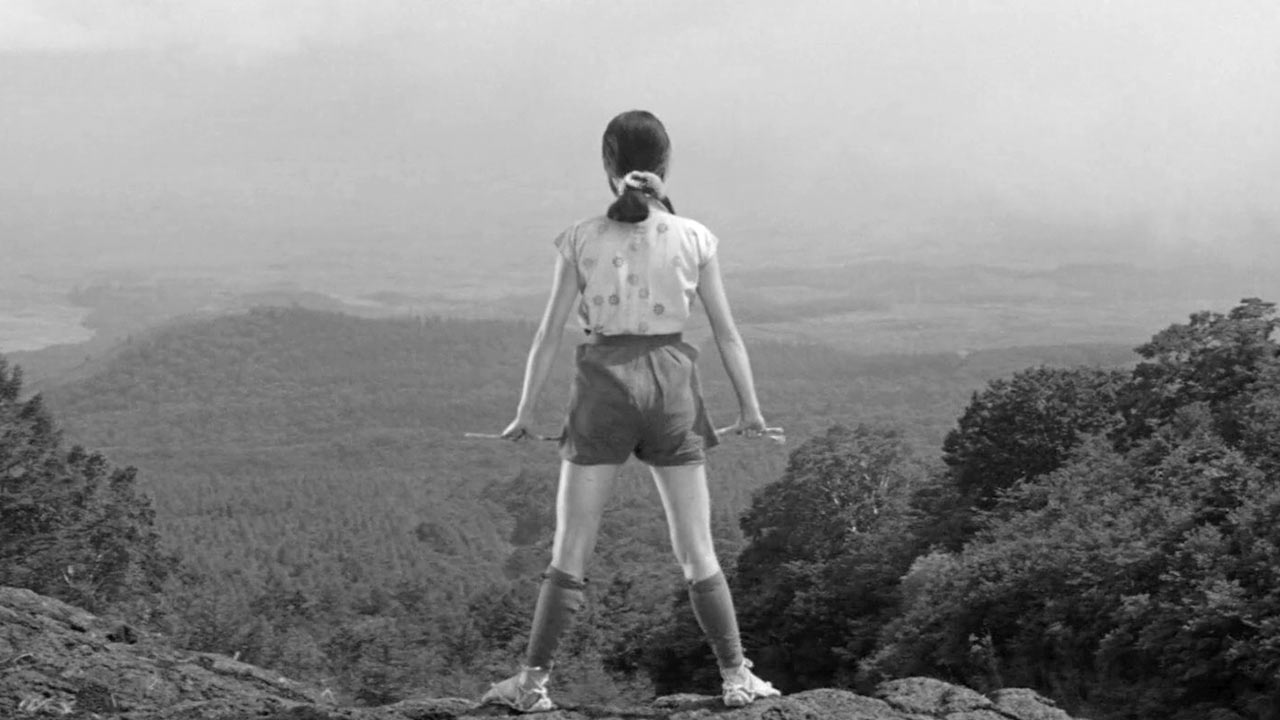
Dolores P. Martínez, the author of the excellent study on Kurosawa remakes and retellings, Remaking Kurosawa, will be giving an online talk on the 27th of May.
The event will be hosted on YouTube by Casa Asia, a Spanish organisation whose aim is to build bridges between Spain and Asian countries. Although the event description is in Spanish, the talk will be given in English.
Martínez’s talk will concentrate on the 1958 Kurosawa film The Hidden Fortress, and more specifically its 2008 remake by Shinji Higuchi, titled Hidden Fortress: The Last Princess. The film didn’t do very well either at the box office or critically (my own review wasn’t particularly positive either) and Martínez will be discussing why this may have been the case.
For your time zone, you can check out the time of the event on YouTube and also add a reminder so you won’t miss it. It is unfortunate that the film itself appears to be difficult to get hold of these days. If you know of a (legal) way to watch it before Thursday, let us know in the comments below!






I really enjoyed Martinez’s book, so I’m sure this talk will be very interesting, thanks for letting us know about it.